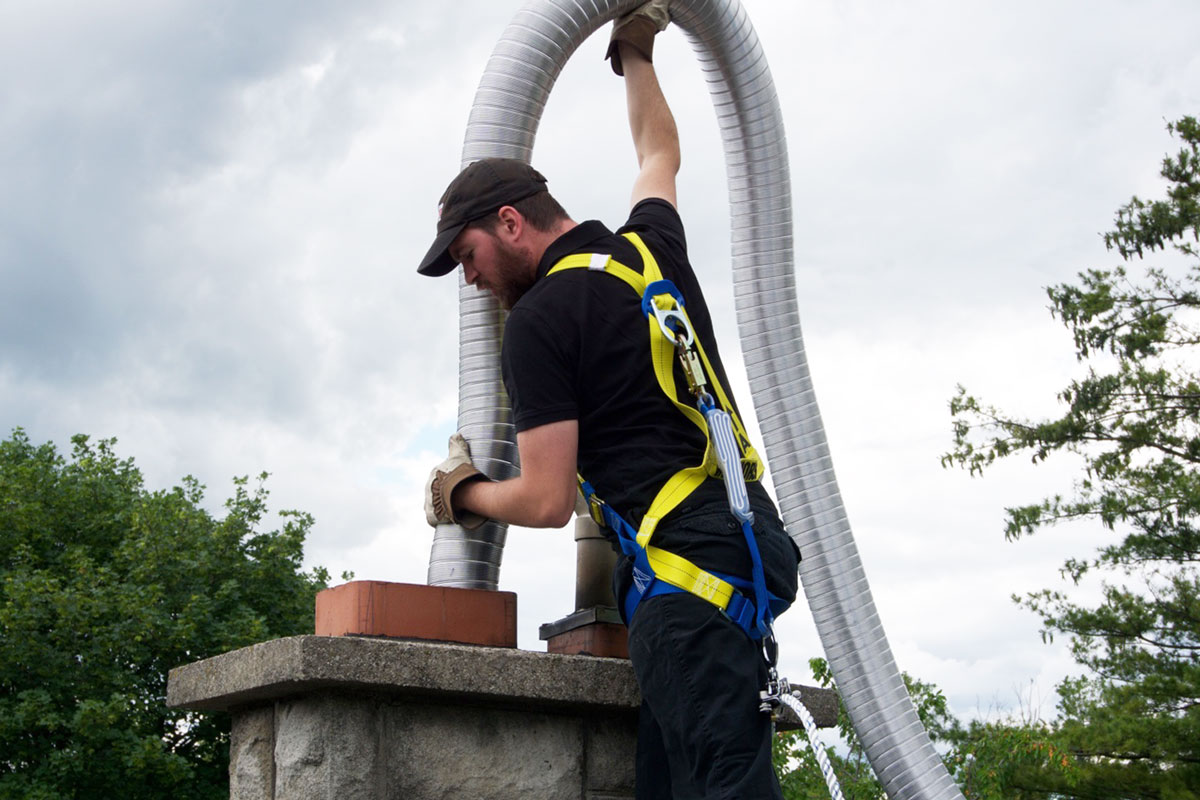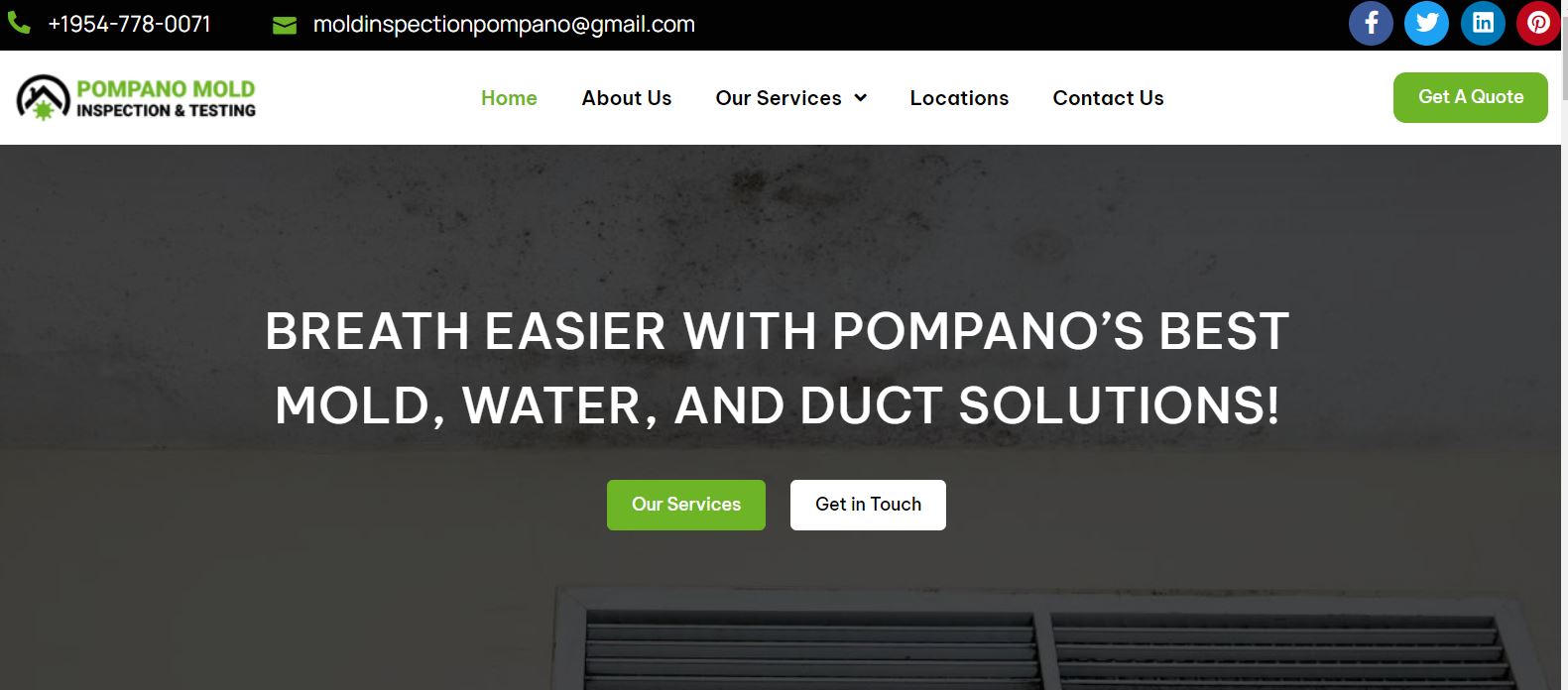chimney liner installation company is a crucial aspect of maintaining a functional and safe fireplace. A proper chimney liner serves as a protective barrier, preventing damage to your chimney structure and ensuring optimal safety and efficiency. In this comprehensive guide, we’ll delve into the various aspects of chimney liner installation, from the types of liners available to the benefits of professional installation.
Why Chimney Liner Installation is Necessary
Protecting the Chimney Structure
Your chimney is constantly exposed to harsh weather conditions and the byproducts of combustion. Over time, this can lead to deterioration and structural damage. A quality chimney liner acts as a shield, preventing corrosive substances from eroding the chimney walls.
Enhancing Safety
One of the primary reasons for installing a chimney liner is to enhance safety. Liners provide a smooth and insulated pathway for smoke and gases to exit the home. This reduces the risk of chimney fires and carbon monoxide leaks, ensuring a secure environment for your family.
Ensuring Proper Ventilation
A well-installed chimney liner facilitates proper ventilation by preventing the accumulation of creosote—a highly flammable substance formed during combustion. Proper ventilation is crucial for maintaining a clean and efficient fireplace.
Types of Chimney Liners
There are several types of chimney liners available in the market, each with its unique advantages. Understanding the differences can help you make an informed decision for your home.
Stainless Steel Liners
Stainless steel liners are a popular choice due to their durability and versatility. They can withstand high temperatures and are suitable for various heating appliances.
Aluminum Liners
Aluminum liners are cost-effective and easy to install. However, they may not be suitable for all types of heating systems, and their longevity is lower compared to stainless steel.
Clay Tile Liners
Clay tile liners are traditional and provide excellent insulation. However, they are prone to cracking over time, necessitating regular inspections.
Cast-in-Place Liners
Cast-in-place liners involve pouring a cement-like mixture into the chimney. This creates a seamless and insulated passageway. While installation can be complex, the result is a durable and efficient liner.
Choosing the Right Chimney Liner for Your Home
The selection of a chimney liner should align with your specific needs and budget. Consider the following factors before making a decision:
Factors to Consider
- Type of heating appliance
- Chimney dimensions
- Local building codes
Budget-Friendly Options
While stainless steel liners may have a higher upfront cost, they often prove more cost-effective in the long run due to their durability and low maintenance requirements.
Longevity and Durability
Investing in a high-quality liner ensures longevity and reduces the need for frequent replacements. Consider it as a long-term investment in the safety and efficiency of your fireplace.
DIY vs Professional Installation
Deciding whether to install a chimney liner yourself or hire professionals involves weighing the pros and cons.
Pros and Cons of DIY Installation
Pros
- Cost savings
- Sense of accomplishment
Cons
- Risk of improper installation
- Lack of expertise in meeting local codes
Benefits of Hiring Professionals
Pros
- Compliance with safety regulations
- Assurance of proper installation
- Professional inspection and certification
Choosing professional installation not only ensures safety but also guarantees compliance with local building codes, preventing potential issues in the future.
Step-by-Step Guide to Professional Chimney Liner Installation
Professional installation involves a systematic approach to guarantee a secure and efficient chimney liner.
Inspection and Assessment
Before installation, a thorough inspection of the chimney is conducted to identify any existing issues. Assessment includes checking for structural damage, proper sizing, and compatibility with the heating appliance.
Measurement and Sizing
Accurate measurements are crucial for selecting the right-sized liner. An appropriately sized liner ensures optimal performance and prevents issues like leaks and improper ventilation.
Removal of Old Liner (If Applicable)
If you already have a chimney liner in place, it may need removal if it is damaged or incompatible with the new liner. Professional installers handle this process with precision to avoid any structural damage.
Installation Process
The installation process varies based on the type of liner chosen. However, it typically involves securing the liner in place, ensuring a tight fit, and connecting it to the heating appliance.
Testing and Certification
After installation, the system undergoes rigorous testing to ensure proper functionality and safety. Certification is then provided to document compliance with industry standards.
Common Issues During Chimney Liner Installation
Despite professional installation, some common issues may arise, requiring prompt attention.
Leaks and Moisture Problems
Leakage can occur due to improper fitting or deterioration over time. Regular inspections help identify and address leaks promptly.
Improper Sizing
Choosing the wrong-sized liner can lead to ventilation issues and decreased efficiency. Professional installers use precise measurements to avoid this common problem.
Insulation Concerns
Inadequate insulation can result in heat loss and decreased efficiency. Professional installers ensure proper insulation to maintain optimal performance.
Addressing these issues promptly is essential for the continued safety and efficiency of your chimney.
Cost Considerations
Understanding the costs associated with chimney liner installation is crucial for budget planning.
Average Cost of Chimney Liner Installation
The average cost varies depending on factors such as liner material, chimney dimensions, and geographical location. Stainless steel liners typically have a higher upfront cost, while clay tile liners may be more budget-friendly.
Factors Influencing the Cost
Factors like the complexity of installation, additional repairs, and the need for liner removal impact the overall cost. It’s advisable to obtain multiple quotes from reputable installers for accurate budgeting.
Long-Term Savings and Benefits
While the initial cost may seem significant, the long-term savings in terms of reduced maintenance and increased efficiency make chimney liner installation a worthwhile investment.
Maintaining Your Chimney Liner
Regular maintenance is key to ensuring the continued functionality of your chimney liner.
Regular Inspections
Schedule annual inspections to identify any issues promptly. Early detection and resolution prevent costly repairs and ensure the longevity of the liner.
Cleaning Procedures
Regular cleaning removes creosote buildup, reducing the risk of chimney fires. Follow recommended cleaning procedures based on the type of liner installed.
Signs of Wear and Tear
Be vigilant for signs of wear, such as cracks or deterioration. Addressing these issues promptly ensures the continued safety and efficiency of your chimney.
Benefits of a Well-Installed Chimney Liner
A properly installed chimney liner offers a range of benefits that contribute to a positive fireplace experience.
Improved Efficiency
A well-sized and insulated liner improves the efficiency of your heating appliance, ensuring effective combustion and reduced energy waste.
Extended Chimney Lifespan
Protecting your chimney structure from the corrosive effects of combustion byproducts extends its lifespan, reducing the need for frequent repairs.
Enhanced Safety Measures
Minimizing the risk of chimney fires and carbon monoxide leaks enhances the safety of your home, providing peace of mind for you and your family.
Customer Testimonials
Real-life experiences from homeowners who have undergone chimney liner installation shed light on the tangible benefits.
Real-Life Experiences
- “After installing a stainless steel liner, our heating bills noticeably decreased, and the fireplace became more efficient.”
- “Professional installation ensured compliance with local codes, giving us confidence in the safety of our home.”
Positive Outcomes After Installation
- “Our annual inspections have shown no signs of wear or leaks, confirming the durability of our chimney liner.”
- “Choosing a cast-in-place liner was an investment that has paid off in terms of both performance and longevity.”
Comparing Chimney Liner Materials
Understanding the performance variations of different materials aids in making an informed decision.
Performance Variations
- Stainless steel offers durability and versatility.
- Aluminum is cost-effective but may have a shorter lifespan.
- Clay tile provides excellent insulation but is prone to cracking.
- Cast-in-place liners offer seamless insulation but involve a more complex installation process.
Suitability for Different Heating Systems
Consider the type of heating appliance when choosing a liner. Stainless steel is suitable for various systems, while clay tile may be preferable for traditional fireplaces.
Environmental Impact of Chimney Liners
In an era of increased environmental awareness, considering the eco-friendliness of chimney liners is crucial.
Eco-Friendly Options
Some liners, such as stainless steel, are recyclable, reducing their environmental impact. Choosing materials with lower environmental footprints contributes to sustainability.
Minimizing Carbon Footprint
Opting for efficient liners that improve combustion reduces carbon emissions. Conscious choices in chimney liner installation align with broader environmental goals.
Future Trends in Chimney Liner Technology
As technology advances, so does the landscape of chimney liners.
Advancements in Materials
Ongoing research and development lead to new materials with enhanced durability and insulation properties. Keeping abreast of these advancements ensures homeowners make informed choices.
Smart Chimney Liners
Integration of smart technologies, such as sensors and remote monitoring, is a trend shaping the future of chimney liners. These innovations offer real-time insights into the condition and performance of the chimney.
Conclusion
In conclusion, chimney liner installation is an essential investment for homeowners seeking a safe, efficient, and long-lasting fireplace experience. From choosing the right material to understanding the installation process, every step contributes to the overall functionality of your chimney. Professional installation, regular maintenance, and awareness of environmental considerations ensure that your chimney liner serves its purpose effectively.
FAQs
-
How often should I have my chimney liner inspected?
- It’s recommended to schedule an annual inspection to identify and address any issues promptly.
-
Can I install a chimney liner myself?
- While DIY installation is possible, hiring professionals ensures compliance with safety regulations and proper installation.
-
What factors influence the cost of chimney liner installation?
- Factors include the type of liner, chimney dimensions, installation complexity, and potential additional repairs.
-
Are stainless steel liners worth the higher upfront cost?
- Yes, stainless steel liners offer durability and long-term savings, making them a worthwhile investment.
-
How do I choose the right chimney liner material for my heating system?
-
- Consider the type of heating appliance, budget, and desired longevity when selecting a chimney liner material.
-




